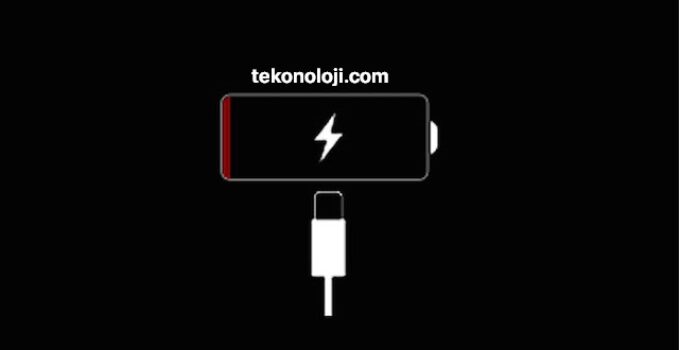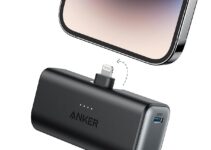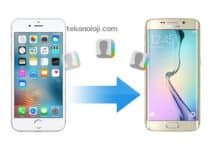How to properly charge your iPhone? Are you damaging your iPhone’s battery if you charge it too often or for too long? We round up the best tips on how not to drain your iPhone battery too quickly. A smartphone’s battery degrades over time. If your iPhone initially easily lasts a day, after two years it becomes much more difficult to get through the day without recharging.
How to enable haptic feedback when typing on iPhone?
Part of that is because of how you use your smartphone. The more apps you install, the more junk you collect, the more notifications you receive, and the more your iPhone’s battery drains. Until we have better technology than lithium-ion batteries, we must learn to use them as sparingly as possible.
Like all batteries, smartphone batteries wear out over time and can hold less and less charge. They typically have a lifespan of three to five years – or 500 to 1,000 charge cycles – but a three-year-old battery has a noticeably shorter lifespan than a new one.
Three factors have the greatest impact on lithium-ion battery health:
- number of charging cycles
- warmth
- age
However, if you follow our battery care tips, your battery should last significantly longer.
When should you charge your iPhone?
The rule of thumb is to keep the battery level between 30 and 90 percent. Charge your iPhone when it falls below 50 percent, but unplug it before it reaches 100 percent. For this reason, charging your smartphone overnight is not necessarily the best idea.
The last section from 80 to 100 percent puts an immense strain on the battery and therefore ages it faster. So maybe it’s better to charge your iPhone at breakfast or at work. It’s not catastrophic when you fully charge your iPhone, but you should avoid it as each time the battery ages a tiny bit.
Likewise, you should avoid letting the battery drop below 20 percent. Lithium-ion batteries like levels below the 20 percent mark just as little as the range between 80 and 100 percent. You should therefore use the lower area as an emergency reserve for long days and charge your phone as soon as the low battery notification pops up.
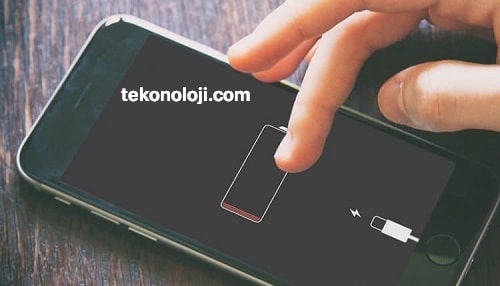
In short, lithium-ion batteries do best in the mid-range. It is best to avoid too high or too low battery levels. Charge your iPhone several times a day rather than fully once a day.
If you can’t or don’t want to pay attention yourself, you can set up a notification in the Shortcuts app on your iPhone to alert you to high or low battery status. You can do this in the Automation tab using a personal automation. The entry for the battery status is further down in the selection.
With iOS 13, Apple also introduced Optimized Charging. This feature is designed to use AI to help extend your iPhone battery life by limiting charging to 80 percent and learning when to charge to 100 percent based on time, location, and usage data. Normally, you don’t have to worry about this as the feature is enabled by default. To check the status, open Settings > Battery > Battery Health. If the switch is green, everything is OK. If it’s grey, you’d better put it back on.
Fast charging iPhone – does it damage the battery?
Like most modern smartphones, all iPhones starting with the iPhone 8 support fast charging – also known as fast charging. At least an 18-watt power supply is required for this, and from the iPhone 12 it even has to be at least 20 watts of power, Apple writes on the official support page.
The good news is that fast charging itself doesn’t harm the battery. The problem is the heat, because here it is the same as with the battery level: too little is bad, too much too. A lithium-ion battery feels most comfortable between 20 and 30 degrees Celsius. The higher the charging power, the higher the heat development. Brief spikes in higher temperature ranges are fine, but be careful not to let your iPhone overheat for long periods of time.
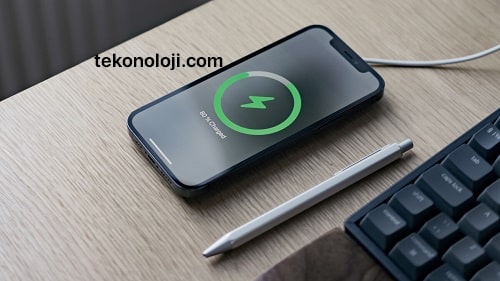
Your electronics are already exposed to higher temperatures, especially in summer. If you do charge your iPhone overnight, for example, it is better not to put it under a pillow where excess heat can only escape slowly. In summer, it can sometimes be worth investing in “cool” accessories for the iPhone.
Inductive charging – harmful or not?
There are just as many myths surrounding inductive charging – also known as wireless charging – as there are about fast charging. It is often said that inductive charging is more harmful than conventional, wired charging, after all more heat is generated. In essence, this assumption is not wrong: the coil inside your iPhone actually gets noticeably warm. Since it is usually in the immediate vicinity of the battery, it naturally also transfers the heat to it.
The sticking point, however, is that the Qi charging specification requires Qi-certified devices to lower the charging power if they get too warm. In this respect, Qi chargers never exceed critical temperature values during the charging process. So as long as you use the right charger, inductive charging is no more harmful than conventional charging. Incidentally, the battery itself does not get warm during inductive charging – that comes from the coil.
